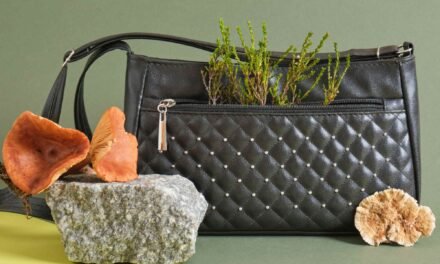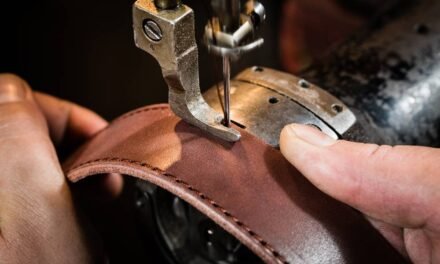R&D is playing a crucial role in developing sustainable leather alternatives, driven by increasing consumer demand for eco-friendly products and growing concerns about the environmental impact of traditional leather production. Here are some key ways R&D is contributing:
1. Developing Novel Materials:
- Plant-Based Alternatives: Researchers are exploring a wide range of plant-based materials, such as pineapple leaves (Piñatex), cactus, mushrooms (mycelium leather), and various plant fibers, to create durable and aesthetically pleasing leather alternatives.
- Microbial Leather: Scientists are developing bio-based materials using microorganisms like bacteria and fungi to produce leather-like materials with unique properties.
- Lab-Grown Leather: Researchers are exploring the potential of lab-grown leather, cultivated from animal cells, as a more ethical and sustainable alternative to traditional leather.
2. Improving Material Properties:
- Durability and Performance: R&D efforts are focused on enhancing the durability, strength, water resistance, and other performance properties of alternative materials to match or exceed those of traditional leather.
- Aesthetics and Feel: Researchers are working to replicate the look, feel, and tactile qualities of animal leather, making plant-based and other alternatives more appealing to consumers.
3. Sustainable Production Processes:
- Reducing Environmental Impact: R&D is focused on developing sustainable production processes for alternative materials, minimizing environmental impact, and reducing reliance on harmful chemicals.
- Circular Economy: Researchers are exploring ways to create circular production systems for alternative materials, reducing waste and maximizing resource utilization.
4. Technological Advancements:
- Nanotechnology: Nanotechnology is being used to enhance the properties of alternative materials, such as improving their strength, durability, and water resistance.
- Biomimicry: Researchers are studying natural materials and processes to develop bio-inspired materials with enhanced performance and sustainability.
These R&D efforts are driving the development of a new generation of sustainable leather alternatives, offering promising solutions to the environmental and ethical challenges associated with traditional leather production. As research continues to advance, we can expect to see even more innovative and sustainable materials entering the market, providing consumers with a wider range of eco-friendly choices.







